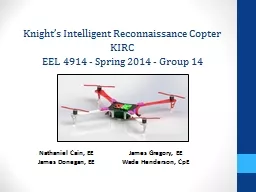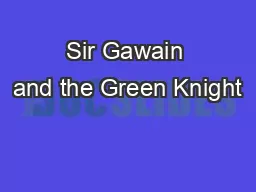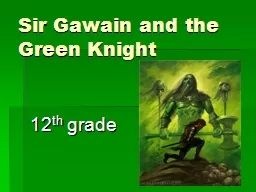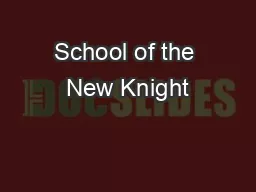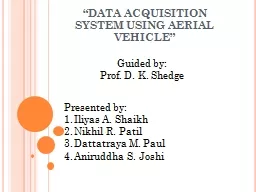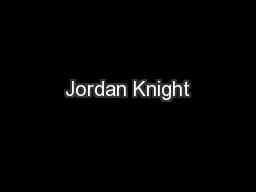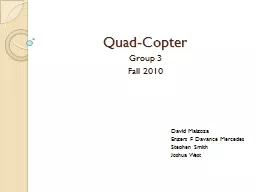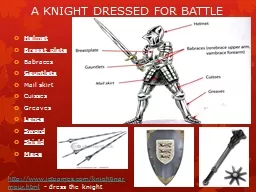PPT-Knight’s Intelligent Reconnaissance Copter
Author : calandra-battersby | Published Date : 2015-11-15
KIRC EEL 4915 Spring 2014 Group 14 Nathaniel Cain EE James Donegan EE James Gregory EE Wade Henderson CpE Project History and Motivation This is an unofficial
Presentation Embed Code
Download Presentation
Download Presentation The PPT/PDF document "Knight’s Intelligent Reconnaissance Co..." is the property of its rightful owner. Permission is granted to download and print the materials on this website for personal, non-commercial use only, and to display it on your personal computer provided you do not modify the materials and that you retain all copyright notices contained in the materials. By downloading content from our website, you accept the terms of this agreement.
Knight’s Intelligent Reconnaissance Copter: Transcript
Download Rules Of Document
"Knight’s Intelligent Reconnaissance Copter"The content belongs to its owner. You may download and print it for personal use, without modification, and keep all copyright notices. By downloading, you agree to these terms.
Related Documents

